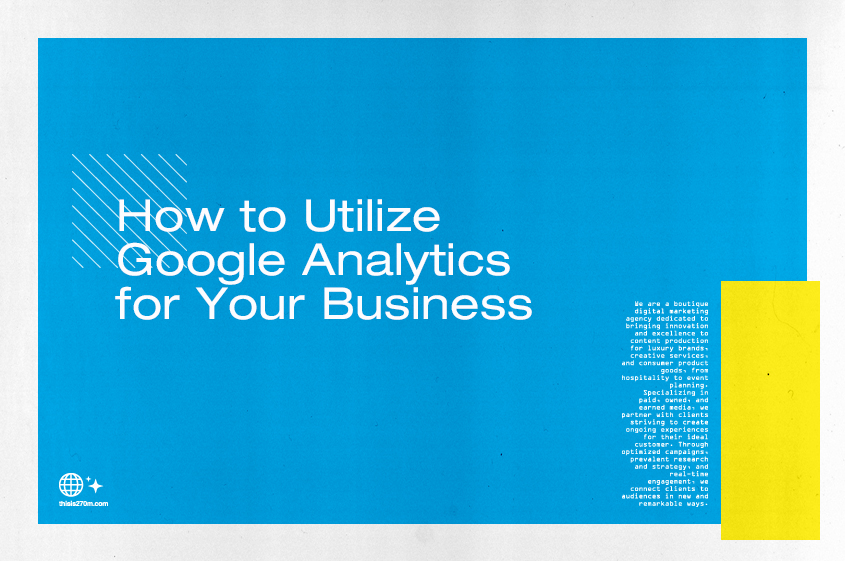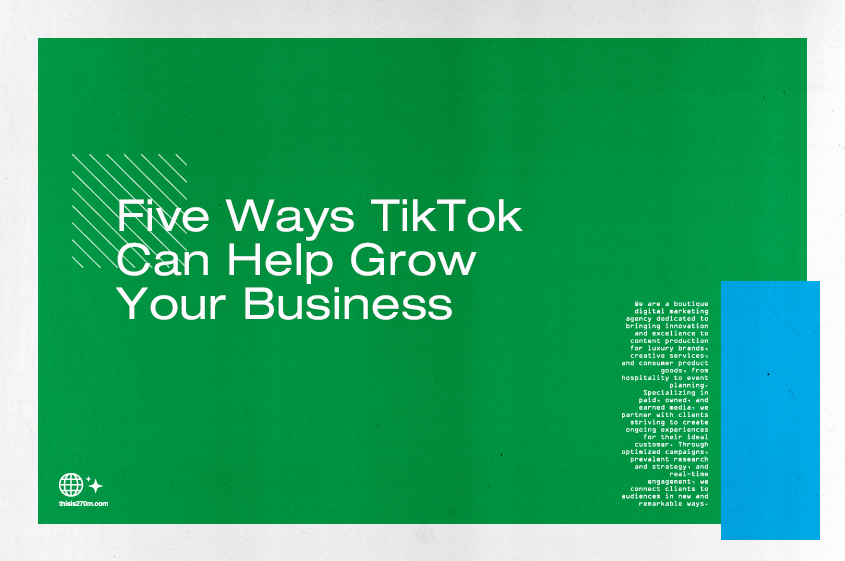Marketing Budget Planning: Tips for Maximum Media ROI
Effective marketing is essential for any business looking to grow and succeed in today’s competitive landscape. However, allocating your marketing budget wisely is just as crucial as the strategies you employ. To achieve the maximum return on investment (ROI) from your marketing efforts, careful budget planning is essential. Find tips below for planning your marketing budget to optimize media ROI.
The Importance of a Well-Planned Marketing Budget
A well-planned marketing budget is central for strategic alignment with your business goals while maintaining profit over deficit. To achieve this, you should focus on resource allocation, measurement and accountability, and cost control. Resource allocation ensures that your budget is going to various marketing channels and campaigns efficiently and effectively. You should also have clear objectives for your budget and pay close attention to metrics for measuring the success of your marketing initiatives. Finally, monitoring cost control will help you with effective budgeting as campaigns progress. This can prevent overspending on underperforming campaigns or channels with funds that can be reallocated to successful campaigns.
Tips for Maximizing Media ROI Through Budget Planning
1. Set Clear Goals and Objectives
Begin your budget planning by defining clear, measurable marketing goals and objectives. Determine what you aim to achieve, whether it’s increased brand awareness, lead generation, sales growth, or customer retention. Each goal should have associated key performance indicators (KPIs) to track progress.
2. Know Your Audience
Understanding your target audience is fundamental to budget planning. Research their preferences, behaviors, and demographics to identify the most effective channels and strategies for reaching them. Tailor your budget allocation accordingly.
3. Allocate Based on ROI Potential
Not all marketing channels and campaigns deliver the same ROI. Analyze past performance data and industry benchmarks to identify high-ROI opportunities. Allocate a significant portion of your budget to these areas.
4. Balance Between Short-Term and Long-Term Strategies
While short-term strategies like pay-per-click (PPC) advertising can generate quick results, don’t neglect long-term strategies like content marketing and search engine optimization (SEO). Allocate a portion of your budget to both to ensure sustainable growth.
5. Implement Marketing Attribution
Marketing attribution helps you understand the contribution of each channel to conversions. Use attribution models to allocate budget based on the channels that have the most significant impact on your bottom line.
6. Regularly Review and Adjust
A budget is not set in stone. Regularly review your marketing budget and performance metrics. If a campaign or channel is underperforming, be prepared to reallocate funds to more promising opportunities.
7. Embrace Testing and Experimentation
Allocate a portion of your budget to testing and experimentation. A/B testing different ad creatives, targeting options, and landing page variations can help you optimize campaigns for better ROI.
8. Consider Seasonality and Trends
Factor in seasonality and industry trends when planning your budget. Certain times of the year may require increased spending, while others may offer cost-saving opportunities.
9. Diversify Your Media Mix
Don’t put all your budget into a single channel. Diversify your media mix to reduce risk and reach a wider audience. Consider a mix of digital and traditional channels that align with your target audience’s preferences.
10. Monitor and Adapt
Use marketing analytics and reporting tools to monitor the performance of your campaigns in real time. Be prepared to adapt your budget allocation based on the data and results you gather.
Effective marketing budget planning is a dynamic process that requires continuous evaluation and adjustment. By setting clear goals, understanding your audience, and allocating resources strategically, you can maximize media ROI and achieve your marketing objectives. Remember that optimizing your budget isn’t a one-time task; it’s an ongoing effort that evolves as your business, industry, and marketing landscape change. With a well-planned budget, you’ll be better equipped to make data-driven decisions and achieve greater marketing success.


